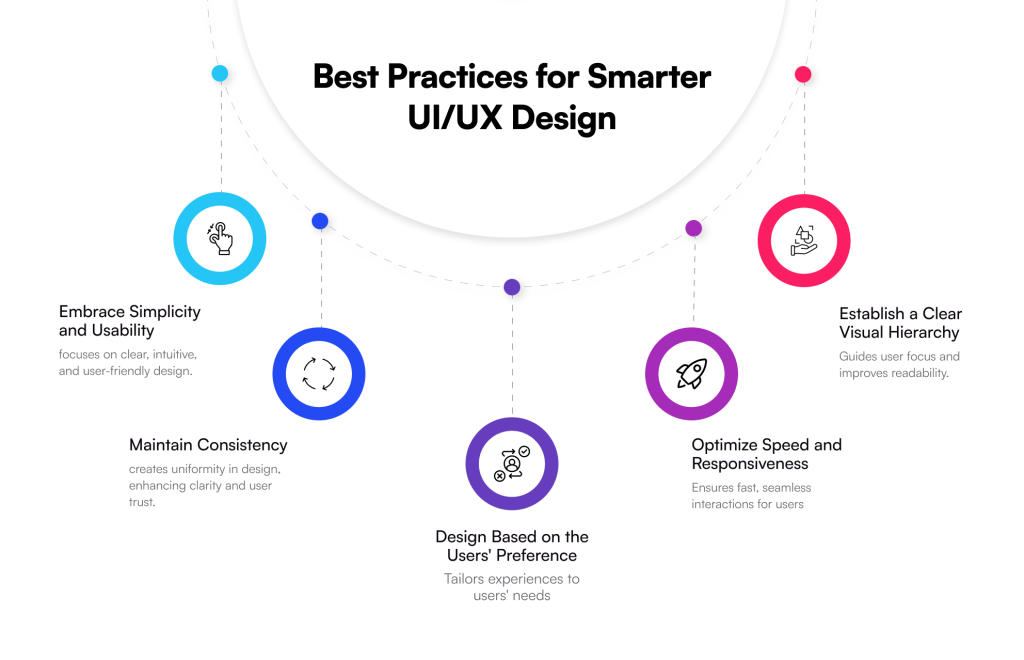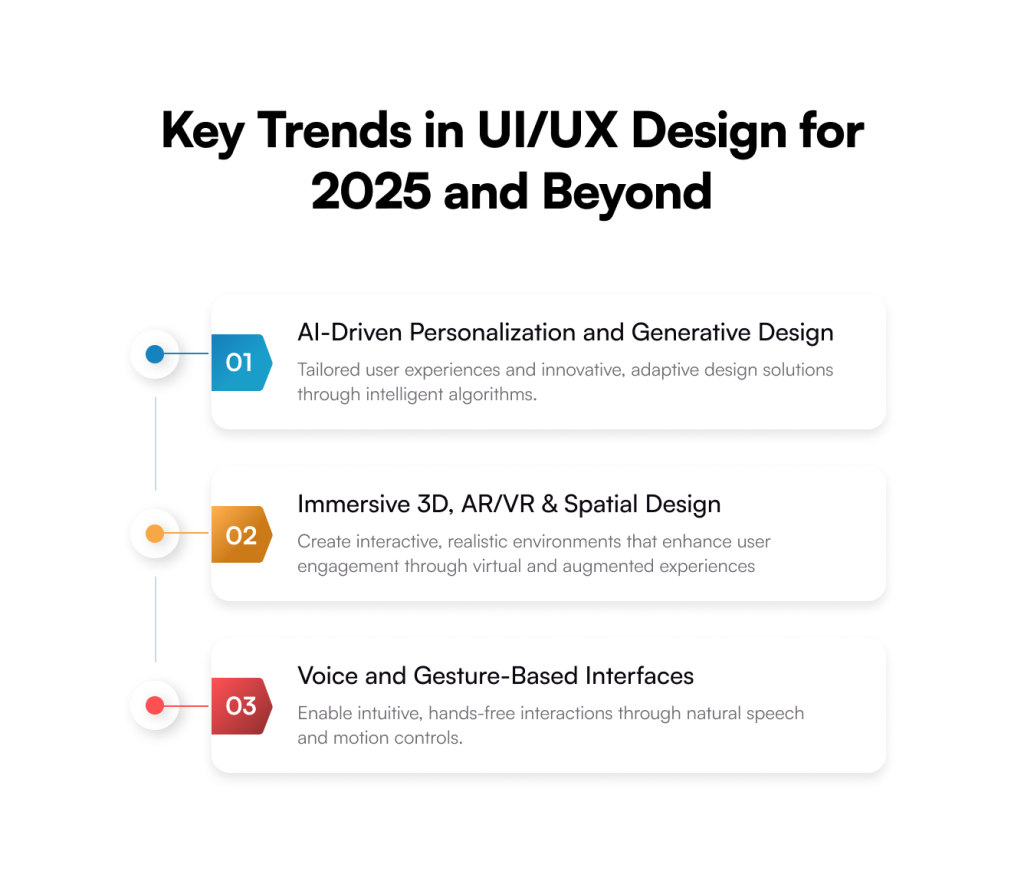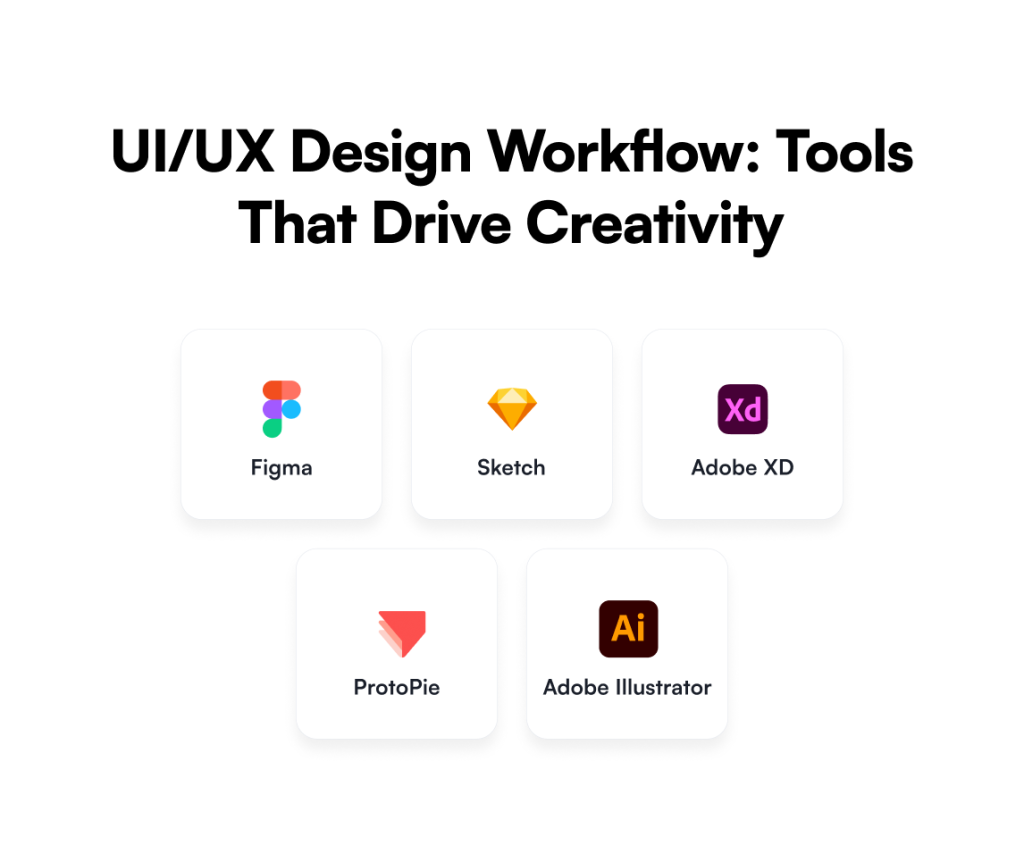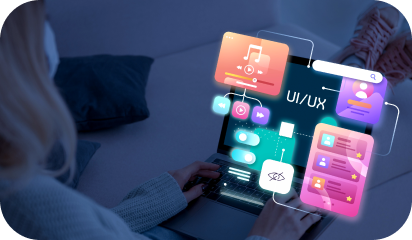In this blog, you’ll uncover how interactive and aesthetically-pleasing UI/UX design can help your business achieve higher conversions and lower bounce rate.
Business owners like you are not only investing their money in making the product functional but also in enhancing its overall look and feel. The first impression is the last; that is why no market leader risks losing a customer over a poorly designed digital product.
Every dollar spent on UI/UX design services has an incredible $100 return, or 9,900% ROI. So why consider UI and UX as just an option? The UI and UX are now a necessity that helps to grow your business at the most extreme rate possible.
In this blog, we will guide you through what UI/UX design is and its importance, UI design vs UX design, and so on.
What Is UI/UX Design?
When was the last time you assessed the website or a mobile application on its easy navigation, or even stopped scrolling in the middle because everything looked so messy? That’s what UI/UX is meant to do.
The buttons, icons, colors, typography, and layout that guide your gaze and clicks are simply the user interface or UI. Whereas the User Experience or UX describes the feeling associated with everything. The feeling of how the whole process works, how quickly you find what you need, and whether the entire contact leaves you feeling good or bad.
In other words, UX is about the “how it works”, UI represents the “what you see”. Collectively, they help your users determine whether they are going to stick around longer, trust your brand, and come back or quickly move on. Empathetic design, viewing the experience from your users’ eyes, and ensuring every click, tap, and scroll feels automatic is part of a great user interface/user experience property (UI/UX).
Key Differences Between UI and UX Design Solution
UI refers to the look and feel of the app or the site; however, UX refers to the feel of the experience for the user. It is necessary for both UI and UX design concepts to occur, but they each have a different purpose.
Here are the key differences between UI and UX you must know:
| Aspect | UI (User Interface) | UX (User Experience) |
| Focus | Visual design and aesthetics | Overall usability and functionality |
| Purpose | To make the product attractive and engaging | To make the product useful, intuitive, and enjoyable |
| Elements Involved | Colors, typography, buttons, icons, layouts | Navigation flow, information architecture, wireframes, user journeys |
| Driven By | Creativity and design trends | Research, user behavior, and problem-solving |
| Outcome | Builds visual appeal and first impression | Builds satisfaction, trust, and loyalty |
Tips and Tricks to Follow for an Effective UI/UX Design
When it comes to creating an interactive UI/UX design, the standalone focus is not following the rules but maintaining the right balance between functionality and aesthetics. To help you deliver experiences that your targeted audience will love, we have curated a list of some of the best tips & tricks you must know:

- Tip 01: Embrace Simplicity and Usability: A lot of the time, users have little time to waste, and they prefer simple designs, etc., therefore, do not fill your website or mobile app with unnecessary features, just focus on the important things and avoid distractions.
- Tip 02: Be Consistent: Consistency in typography, colour palette, principles of navigation, shapes of buttons, etc., is key to providing a successful and seamless user experience. Be consistent throughout your app or website to inspire confidence and trust.
- Tip 03: Design Based on the Users’ Preference: Design for the end-user, think about you as a visitor to an app or website, and what you would like to see, think about scrolling, etc., in other words, think like a user when considering preferences, behaviour, or needs.
- Tip 04: Optimize Speed and Responsiveness: Users are likely to leave if they have to wait longer to access content. Think of the loading speed and the ability to adapt to different devices and sizes of screen sizes.
- Tip 05: Establish a Clear Visual Hierarchy: Visibility of the important message of substantial brand value will promote increased perceptions. For example, you can enhance font-size, focus on spacing or strip down to the opposing messages you would like users to see at first glance.

Key Trends in UI/UX Design for 2025 and Beyond
As digital experiences continue to become more personalized, immersive, and sustainable, these are the key trends changing the design landscape this year:

- AI-Driven Personalization and Generative Design
AI development is no longer just an add-on feature, but a creative partner in UI/UX design. Companies are embracing this futuristic tech to provide personalized experiences in real time, based on user behaviour, preferences, and context. When it comes to generative design, there are only a few tools like Napkin AI or Canva, which means we also have access to their layouts. The same goes for interactive prototypes, and if you are an IDEO pop-up case study planner, you are graduating towards “productive practice” integrated into your workflows. AI can provide directions and a space for ideation and be actionable.
- Immersive 3D, AR/VR & Spatial Design
The distinction between digital and physical design is becoming increasingly hazy. While AR and VR are revolutionizing user experiences by enabling immersive product try-ons, virtual showrooms, and collaborative digital spaces, 3D elements are being widely used to provide depth and engagement to interfaces. In order to make interactions more realistic and natural, interfaces created for 3D settings, or spatial design, are increasingly becoming more popular.
- Voice and Gesture-Based Interfaces
Are you aware that voice-based user interfaces have become even more user-friendly and have the ability to control difficult tasks as conversational AI advances? Yes, and nowadays people have hands-free control of their devices; digital products are becoming more efficient and more inclusive. Additionally, gesture-based navigation is on the rise, allowing even more flexible user interaction with applications and devices by means of taps, pinches, and swipes.
Top Tools Used by UI/UX Designers
Some of the best tools and the preferred choice of UI and UX designers are:

- Figma
The most popular tool for UX/UI designers is Figma. Its improvements in real-time feedback and cloud-based prototyping have made collaborative design more effective and efficient. It is a web-based tool that improves design collaboration and makes it possible for several designers to collaborate on a single project at once.
- Sketch
For UX design, Sketch is a vector-based design tool. For many years, it has been the most widely used design tool for simple UI and UX design requirements. It’s a fantastic design tool with some awesome features, like a vector editor, artboards for multiple screens, reusable symbols, and more.
- Adobe XD
Adobe Inc. created and released Adobe XD, a vector design tool for online and mobile applications. In addition to versions for iOS and Android that allow users to preview work directly on mobile devices, it is available for macOS and Windows.
- ProtoPie
ProtoPie is the ideal design tool if you’re all about sophisticated prototyping. ProtoPie can be used to build intricate and highly configurable prototypes for usability testing. In the advanced prototyping category of UX Tools, it is the most widely used and highly regarded design tool.
- Adobe Illustrator
Adobe’s vector-based design tool is called Illustrator. This design tool is useful for designing apps, websites, and other UX-related projects. Illustrator may also be used to create logos and icons. It needs an Adobe CC subscription, just like any other Adobe application.
Partner with Galaxy Weblinks to Build Exceptional Digital Experiences
In today’s competitive digital environment, UI/UX design is not only about creating a great-looking product, but creating an interactive experience that your users will care about, and help you grow your business. A great interface can mean the difference between a visitor leaving your site or app or becoming a customer.
When designers are tasked with the challenge of designing experiences, they must find a way to achieve a balance between usability, function, and visual appeal. Doing so requires more than creativity; it requires knowledge, insights from research, and purposeful execution. That is why it makes sense to collaborate with design specialists.
Partnering with a team of Galaxy Weblinks will give you the results you’re looking for and deliver a user-centric, conversion-focused digital product. A digital product that looks great and surpasses your expectations. A product that delivers a buttery smooth experience and separates you from your competitors in the marketplace.
FAQs
Q1. Why does UI/UX design matter for my business?
UI/UX design creates the first impressions and formats the interactions between your users and your digital product! Once the users are engaged, UI/UX design enhances usability, creates trust, and converts users into fans. UI/UX design is an effective growth lever:
Organizations that utilize UI/UX design can expect up to a 9,900% ROI!
Q2. How do I know if my digital product needs a UI/UX redesign?
If your website or app has a high bounce rate, low conversions, confusing navigation, slow load speeds or exploits out-of-date visuals – it’s likely time for a UI/UX redesign! You might also check user feedback for indications that users are not satisfied, or qualitative and quantitative data through analytic testing that will provide correlational signals that your product is resulting in any positive user outcomes.
Q3. What is the difference between UI and UX in action?
UI – User Interface – is the visual aspect of a product, which includes colors, typography, layout, and other visible elements the user will see. UX – User Experience – is the journey the user is on and how intuitive, smooth and pleasurable they feel the interaction was. In consideration of both UI and UX together, they create the complete digital experience prescribed to the user, which ultimately determines whether they become loyal or not!
Q4. What can expert designers do to enhance my product’s UI/UX?
Expert designers apply a research-based process, leveraging ingenuity and their technical knowledge of user-centred design to create rewarding user experiences. They are also able to not only balance aesthetics, functionality, performance, responsiveness, and device interoperability, but do so in a way that increases engagement and satisfaction.
Q5. What trends do I need to watch for in the UI/UX of the future?
Emerging trends like customization through AI, immersive AR/VR experiences, voice & gesture-based interfaces, and environmentally sustainable design are shaping the future of UI/UX design. Not only do these trends impact usability, but they also ensure that your digital product will remain relevant and competitive.

